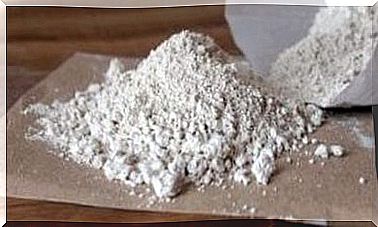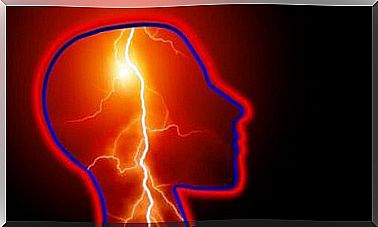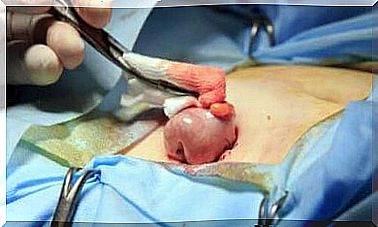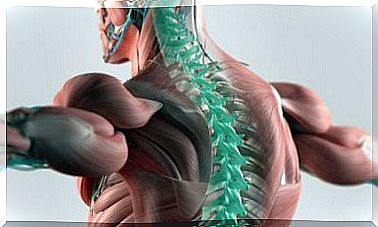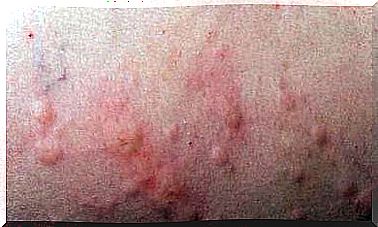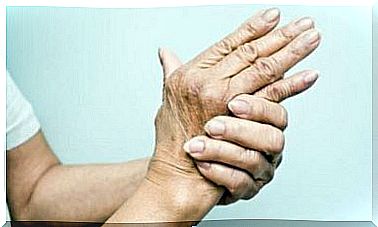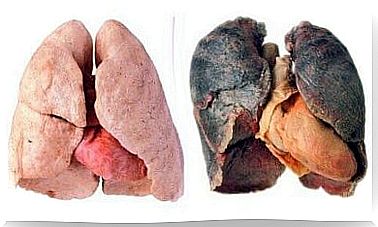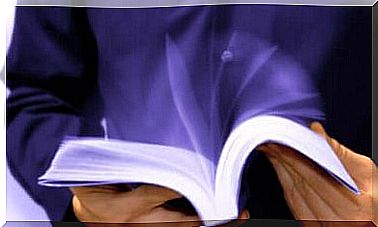Burns With Steam And Boiling Water: Treatment And Recommendations
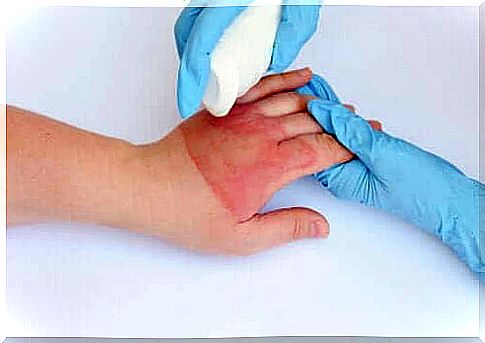
Burning with boiling water and steam is one of the most common accidents during housework. At first glance, they don’t seem dangerous, but they can do a lot of damage. Therefore, it is worth knowing how to treat them.
When we think about burns, fire usually comes to mind. According to the US Centers for Disease Control and Prevention, burns of this type constitute 33 to 58% of cases requiring hospitalization.
Basically there are different types and degrees of burns – the third degree is the most serious as it damages deep tissues, muscles and nerves.
Why do burns happen?
Most water burns are caused by housework. When the water reaches its boiling point, it turns into steam. Then its particles become smaller, but maintain a temperature of around 100 ° C.
Therefore, both hot water and steam can cause severe burns. According to the Spanish Association of Pediatricians, water at 60 ° C can cause a third degree burn in a child within 3 seconds.
Burns often occur while cooking. The use of pressure steamers and pots is particularly risky, as this causes tissue damage.
The Centers for Disease Control and Prevention indicates that the hands and forearms are the most vulnerable to burns, accounting for 42% of cases. The feet and legs are in second place. This is because burns are usually the result of a hot spill of liquid.
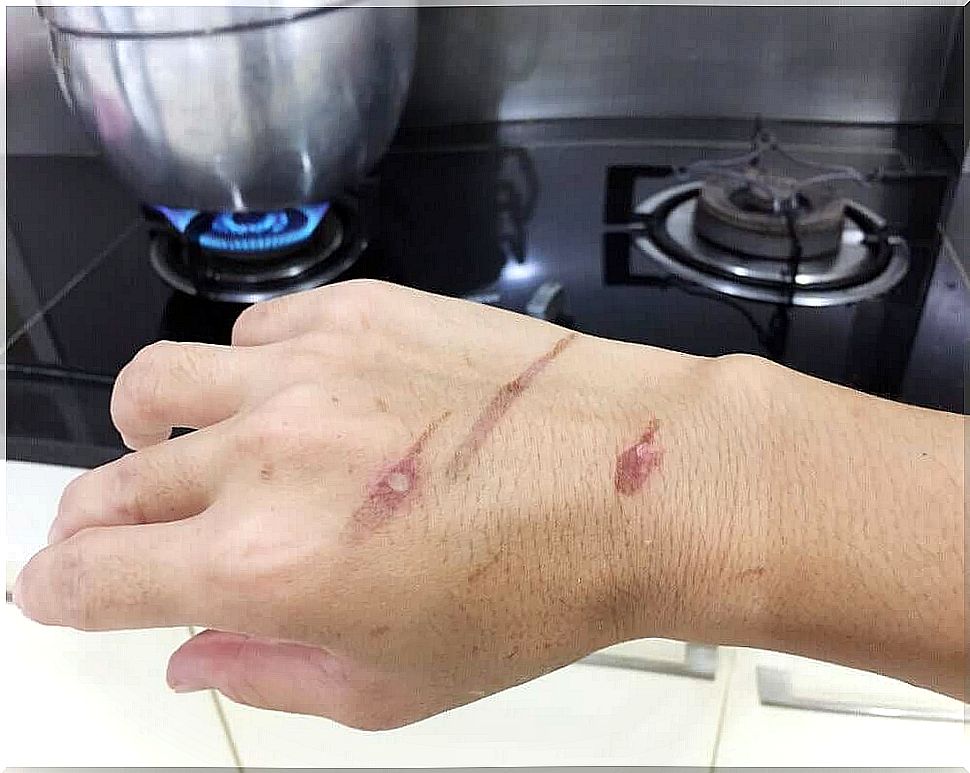
Burns with boiling water and steam: symptoms
The symptoms caused by this type of burn depend on the severity. The burned area hurts and burns due to tissue damage. In the case of first-degree burns, redness and swelling appear in addition to burning . However, only the outer layer of the skin is damaged.
Blisters appear when the water causes a second degree burn. The heat penetrates the deeper layers of the skin and causes them to separate – this is the body’s defensive reaction.
In the case of third degree burns, the deeper layers of tissue are exposed apart from the blisters. The burned area may damage the nerves and reduce functionality.
Burns with boiling water and steam: first aid
As scalding with hot water and steam is common, it is important to know how to deal with them. The right reaction in a short time allows you to limit the damage and avoid complications. So what is worth knowing?
Move the burned area away from heat sources
First, remove the burned person from a heat source and place them in a safe place. This will reduce the risk of further burns.
Cool and remove clothing
After protecting the burned person, cool the burned area. It is best to immerse them in lukewarm water for 20 minutes. This will cool the tissues down and prevent the burn from spreading. Ice should not be applied as it may cause additional harm.
After the burn has cooled down, remove any clothing or jewelery in contact with the damaged skin. Clothing can be cut. If for any reason the clothing has stuck to the burn, it should not be removed.
Cover the burned area
After removing clothes, it is a good idea to cover the burn with a damp gauze pad. If the skin damage is not too extensive, it can be gently bandaged for added protection.
When the pain is intense, painkillers such as paracetamol or ibuprofen can be used to relieve it. In severe burns, your body temperature may drop. Therefore, it is necessary to work towards restoring its normal value.
Do not puncture the blisters and do not apply any substances to the wound
In no case should the blisters be pierced. This can only be done by medical personnel if the need arises. Draining the blisters can lead to infection and complications.
It is not recommended to apply toothpaste, coffee, butter or any other substance to the burn as there is a risk of bacterial infection. The use of creams and ointments should also be under medical supervision.
When is it necessary to see a doctor?
In most cases, scalding with steam and boiling water does not require medical attention. It is enough to follow these recommendations to cure the problem.
However, you should see a doctor immediately if the burn is extensive or shows signs of a third degree. This is serious damage that can be life-threatening, especially for children.
You should also see a doctor in the following circumstances:
- Severe pain, redness, or inflammation.
- Fever over 38 ° C.
- Purulent discharge in the wound.
- Difficult wound healing.
- Injury to eyes or respiratory tract.
Many studies show that between 30% and 40% of patients with this type of burns are children under 15 years of age. In such cases, it is advisable to call an ambulance as children are more prone to such injuries.
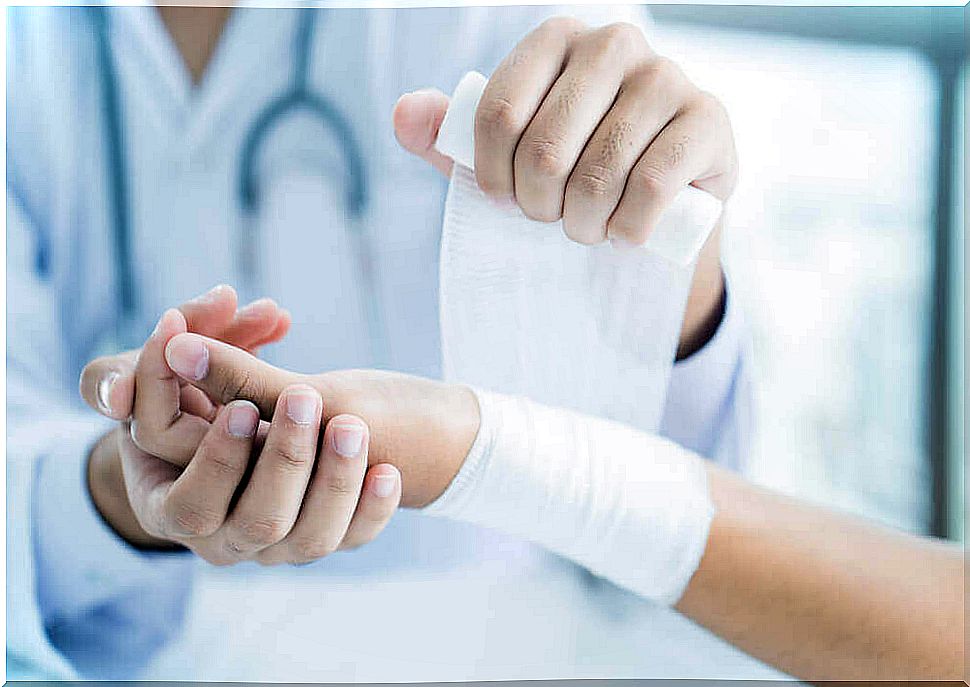
Beware of children
Unfortunately, it is the children who are more likely to be burned by boiling water and steam. It has to do with their curious nature. Therefore, it is better for them to stay away from the kitchen while cooking. This is enough to prevent many accidents.
Moreover, caution is advised in the bathroom. The water should not be more than 50 ° C. Children’s skin is more delicate and burns much faster.
